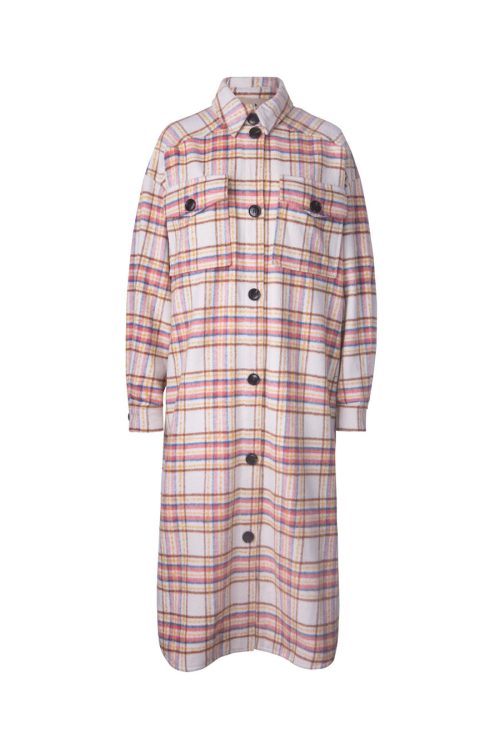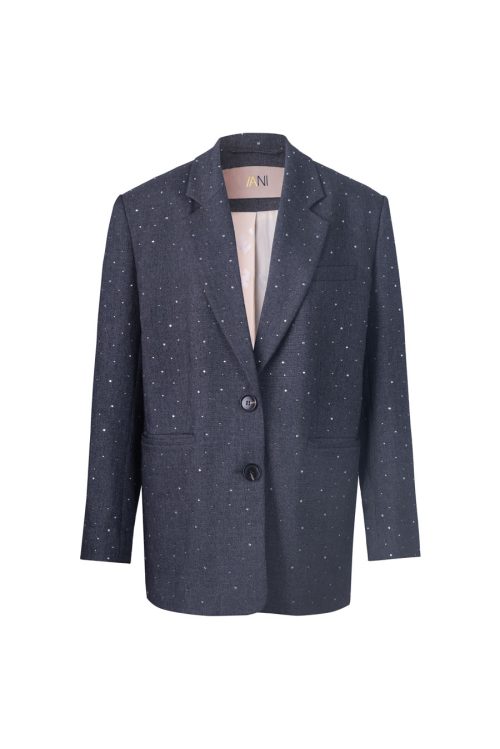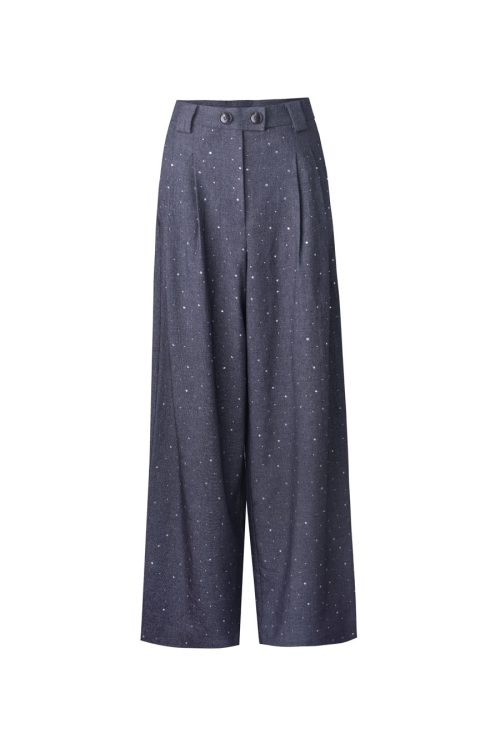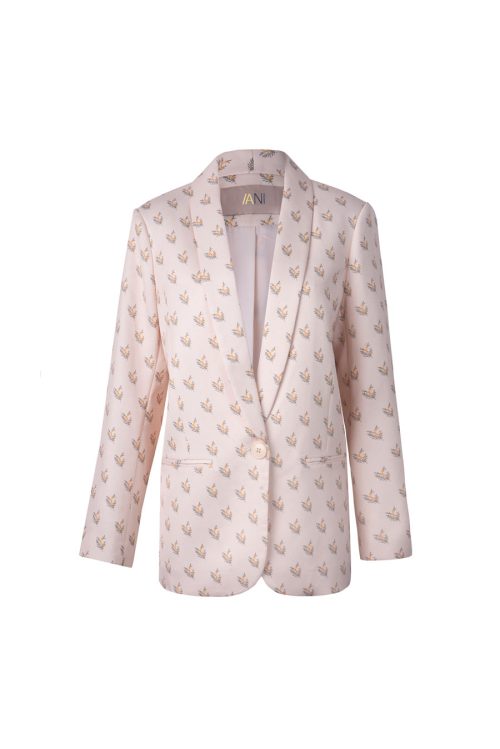
Benefits of Sourcing Women’s Wholesale Clothing from China
Cost Efficiency: One of the primary advantages is the significant cost savings. Chinese manufacturers benefit from lower labor and material costs, enabling them to offer competitive pricing. This cost advantage allows businesses to maximize profits while providing affordable fashion to their customers (In The Fashion Jungle) (Ecommerce Tips).
High-Quality Production: Chinese factories have heavily invested in advanced manufacturing technologies and skilled labor, resulting in high-quality production. Many factories comply with international quality standards, ensuring that the garments produced are durable and well-made (Yansourcing).
Variety of Styles and Trends: China’s fashion industry is known for its ability to quickly adapt to new trends and styles. This flexibility allows manufacturers to produce a wide variety of women’s clothing, from casual wear and work attire to formal dresses and seasonal fashion (The Clever Business) (Ecommerce Tips).
Navigating the Market for Women’s Wholesale Clothing
Key Manufacturing Hubs: China’s clothing manufacturing is concentrated in specific regions, each known for its specialties. Key hubs include Guangzhou, Shenzhen, and Hangzhou, which offer a mix of innovation, quality, and scale. Understanding these regions can help businesses source the right products more efficiently (MMS Clothing).
Understanding Quality Standards: Ensuring the quality of women’s clothing is crucial for maintaining customer satisfaction and brand reputation. Many Chinese manufacturers comply with international quality standards, such as ISO and OEKO-TEX. Verifying these standards and conducting quality checks can help businesses ensure they receive high-quality products (In The Fashion Jungle).
How to Source Women’s Wholesale Clothing from China
Finding Reliable Suppliers: Reliable suppliers can be found through online platforms like Alibaba, Made-in-China, and Global Sources. These platforms offer extensive listings of women’s clothing manufacturers with reviews and ratings that can help assess a supplier’s reliability (The Clever Business) (Ecommerce Tips).
Evaluating Supplier Credibility: Evaluating a supplier’s credibility involves checking their certifications, customer feedback, and track record. Requesting samples and visiting factories can further validate the supplier’s reliability (In The Fashion Jungle) (Yansourcing).
Negotiating Terms and Prices: Negotiating favorable terms and prices is key to a successful partnership. Clear communication of requirements, order quantities, and delivery schedules is crucial. Building a good relationship with suppliers can lead to better pricing and more flexible terms (In The Fashion Jungle) (Ecommerce Tips).
Challenges and Solutions in Sourcing from China
Common Challenges: Sourcing from China can present several challenges, such as language barriers, cultural differences, and logistical complexities. Ensuring consistent quality and dealing with potential delays are additional concerns (Ecommerce Tips) (Yansourcing).
Effective Communication Strategies: Effective communication is vital to overcoming these challenges. Using clear, concise language and employing translation services can help bridge communication gaps. Establishing regular contact through reliable communication channels, such as WeChat or email, is also important (In The Fashion Jungle) (Yansourcing).
Quality Assurance Measures: Implementing stringent quality assurance measures is crucial to ensure product standards. This can include third-party inspections, setting clear quality expectations in contracts, and conducting regular audits of the supplier’s facilities. A robust quality control process can mitigate risks and ensure consistency (Yansourcing) (MMS Clothing).
Case Studies and Success Stories
Successful Businesses: Many businesses have found success by sourcing women’s clothing from China. For example, companies that prioritize quality control and build strong supplier relationships often achieve significant growth and profitability. Their success stories highlight the importance of thorough research and effective communication (In The Fashion Jungle) (Yansourcing).
Tips from Industry Experts: Industry experts recommend several best practices for sourcing women’s clothing from China. These include conducting comprehensive market research, evaluating multiple suppliers, and establishing clear quality standards. Building long-term relationships with suppliers and understanding Chinese business culture are also crucial for success (In The Fashion Jungle) (MMS Clothing).
FAQs on Women’s Wholesale Clothing from China
What are the main benefits of sourcing women’s clothing from China? The primary benefits include cost efficiency, high-quality production, and a diverse range of styles and trends.
How can I find reliable women’s clothing suppliers in China? Reliable suppliers can be found through online platforms like Alibaba, Made-in-China, and Global Sources. Attending trade shows and conducting market visits are also effective methods.
What should I consider when evaluating supplier credibility? Consider the supplier’s certifications, customer feedback, and track record. Requesting samples and visiting factories can provide further assurance of their reliability.
How can I ensure the quality of women’s clothing sourced from China? Implement stringent quality assurance measures, such as third-party inspections and regular audits, to ensure the quality and durability of the products.
What challenges might I face when sourcing from China, and how can I overcome them? Common challenges include language barriers, cultural differences, and logistical complexities. Effective communication strategies and thorough quality checks can help overcome these challenges.
Are there success stories of businesses sourcing women’s clothing from China? Yes, many businesses have successfully sourced women’s clothing from China by prioritizing quality control and building strong supplier relationships.
Conclusion
Sourcing women’s wholesale clothing from China presents a lucrative opportunity for businesses looking to offer stylish, high-quality apparel at competitive prices. By understanding the market dynamics, finding reliable suppliers, and implementing robust quality control measures, businesses can thrive in this competitive industry and achieve significant growth.




